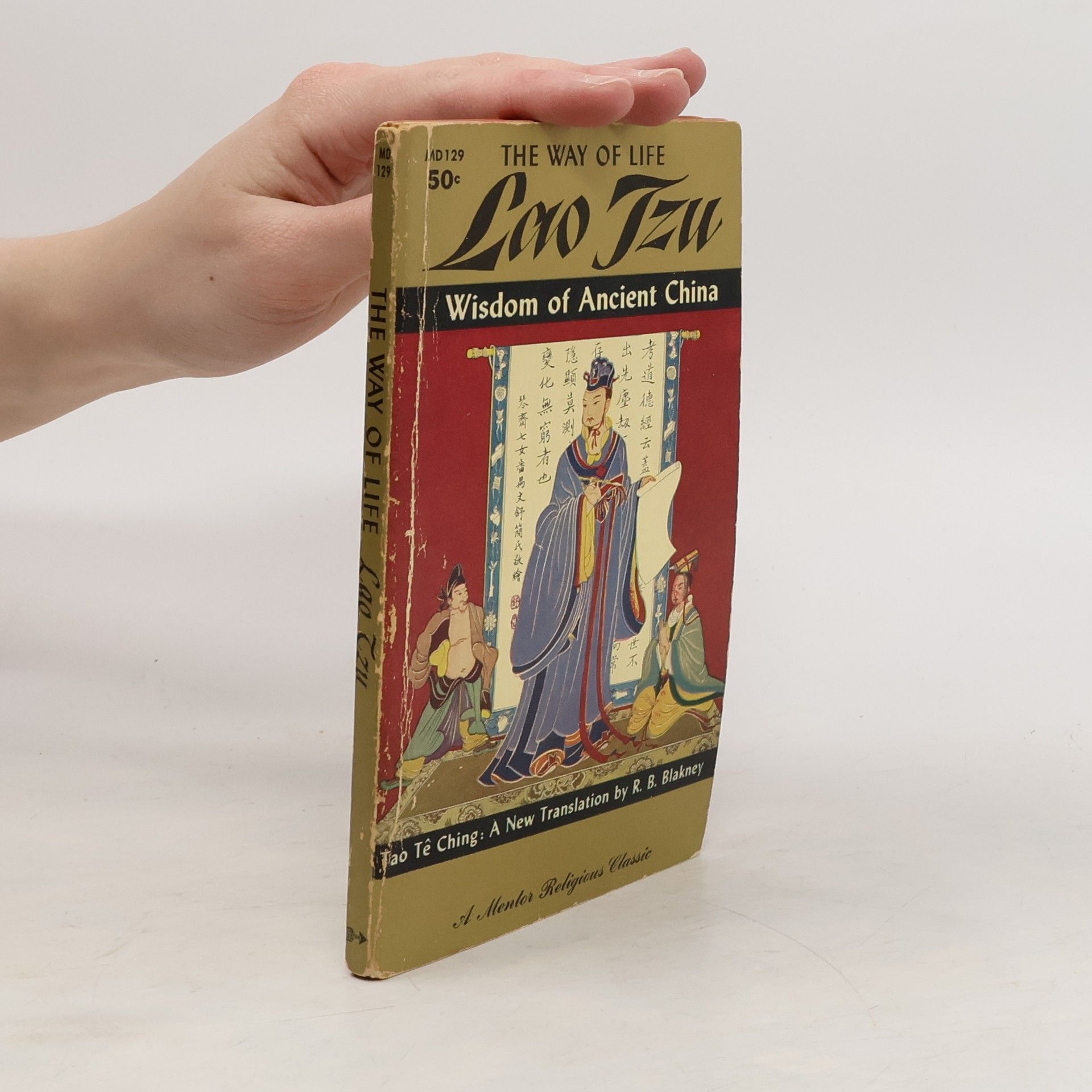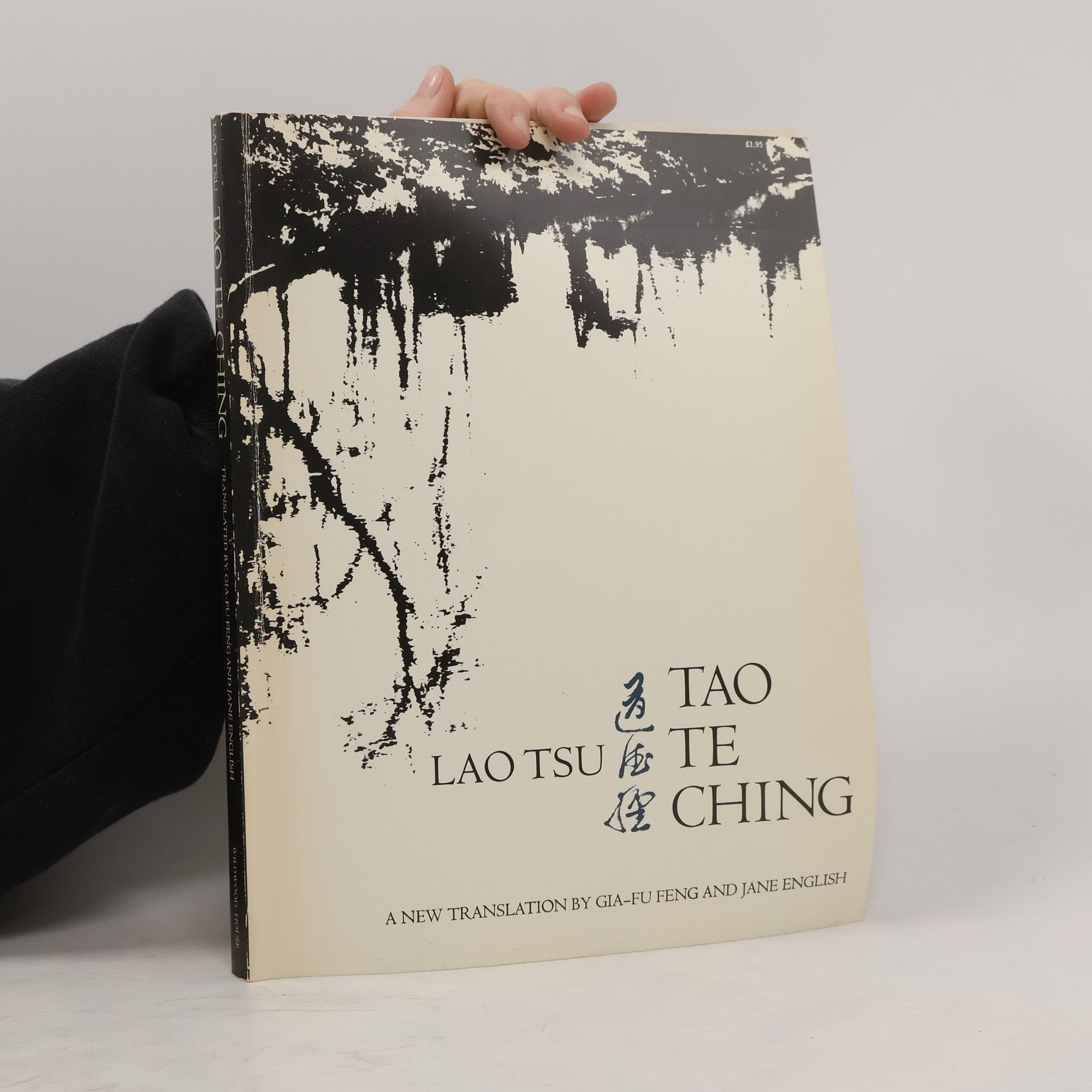Credited to the sage Laozi, this ancient Chinese classic offers profound insights into philosophy and governance. Its authorship and dating remain subjects of debate among scholars, with the oldest known fragments dating to the late 4th century BC. The text explores themes of harmony, balance, and the nature of existence, influencing various aspects of Chinese culture and thought. Its compilation likely occurred over several centuries, reflecting a rich tapestry of wisdom that continues to resonate today.
Lao Tsu Libros






Image of Intangibility
A Synergy of Lao Tsu's Tao Te Ching and 108 Mandalas
- 140 páginas
- 5 horas de lectura
Exploring the aesthetics of mandalas alongside the principles of Taoism, this book offers a transformative experience through a blend of visual and literary elements. Featuring 108 mandalas paired with insights from "A Fresh Look at the Way and its Virtues," it serves as a powerful tool for holistic meditation. The combination aims to soothe the mind and nourish the soul, making it a unique resource for personal growth and spiritual exploration.
Die Anmerkung beschreibt, wie Laotse, der weise kaiserliche Archivar, gezwungen wurde, das «Dao Te Ching» zu schreiben, um sein Reich zu verlassen. Trotz seiner Zweifel verfasste er das Werk und betonte, dass die richtigen Worte nicht gesagt werden können. Die Übersetzung verwendet den Begriff «Welt» für «Dao», was dem Text zusätzliche Tiefe verleiht.